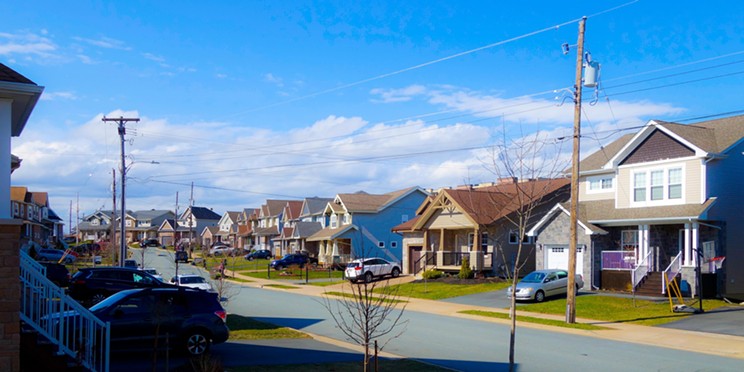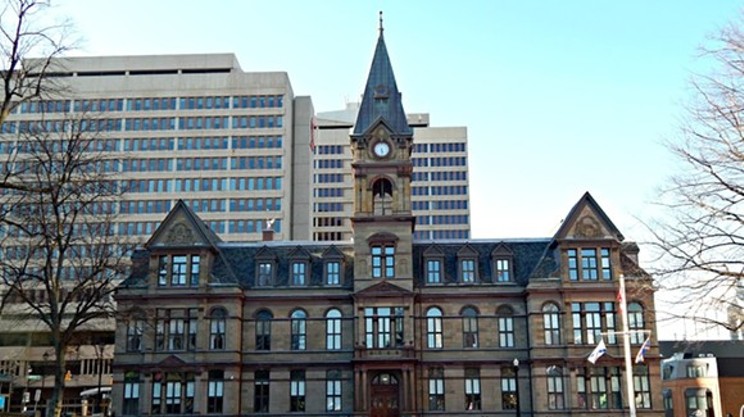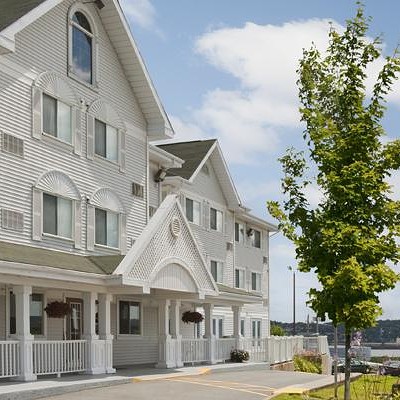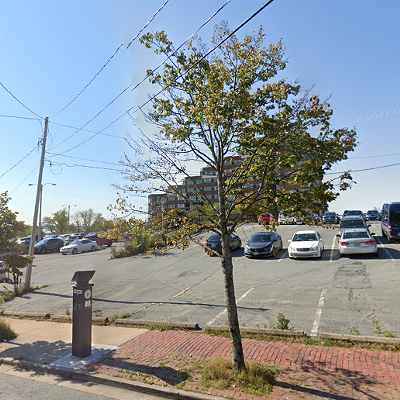HRM’s executive committee voted in favour of a staff report detailing a communications strategy to let people in the city—especially young people—know about bylaw M-200 and other housing related guidelines.
Well, what is bylaw M-200?
It is, essentially, anti-slumlord legislation. Also known as Respecting Standards for Residential Occupancies, the bylaw sets minimum standards for the maintenance of residential buildings within the municipality.
These standards are expected to be upheld by the property owner, and include specifics for:
- Fire prevention (alarms, separations)
- Walls, ceilings, and floors (free from dampness with no holes, cracks, defective floorboards, etc.)
- Pest control (all buildings should be rodent and insect-free) Windows and doors (operable with locks)
- Safe entranceway
- Stairs, deck, and balconies (maintained in good condition)
- Fireplaces
- Heating (minimum 21 degrees Celsius throughout the unit)
- Plumbing fixtures (water, baths, toilets, etc.)
- Electrical
- Ventilation (all enclosed areas are expected to have ventilation)
- Elevating device
There’s a whole host of particulars covered in the bylaw, including how much kitchen and sleeping space renters should be given, where tenants are permitted to park, and how garbage should be disposed of.
According to the bylaw, each order contains the standards that aren’t being complied with and a date for re-inspection—though a date can be scheduled with the inspector if the fixes will take some time.
Of course, property owners may appeal an inspector’s order to the Appeals Committee as long as it’s within the four-day appeal period—commencing after notice was served. After hearing the appeal, the committee can either deny it, accept it (reversing the inspector’s decision) or make any decision an inspector could have made under bylaw M-200.
The cost of any work mandated is to be paid by the property owner—not the city and not the tenants. If the work is left undone by the owner, the work may be addressed by the inspector or other city staff, in which case the cost still falls upon the owner. Interest can be accrued in either situation.
Penalties are also in place for those who do not follow the bylaw or orders. If the bylaw or order is violated, or ignored, or the owner obstructs the work of the inspector or city staff, they can be found guilty of an offence and may face a fine.
Fines for offences scale upward depending on how many offences the owner is guilty of, or if they’ve been guilty of an offence in the past. If it’s their first offence, they may be fined $150 or more. A second offence can see them fined between $250 or more. Third offences will see fines of $450 or above.
Individual fines cannot exceed $10,000. If a fine is imposed, a judge may also require the owner to proceed with the specific order they were given.
The bylaw is fairly straightforward. If you are a tenant who finds the property they are renting is not up to regulation, it may be worth filing a report with the city. If you are the owner of a rental property, it is important to keep up with the city’s property standards not just for the sake of your time and money, but to keep your tenants happy, as well.
For more information on bylaw M-200, check it out here.

















